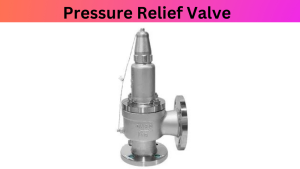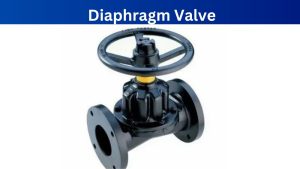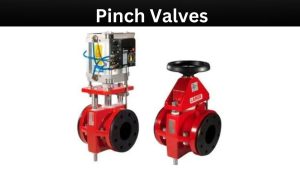Oxy-Fuel Cutting is a process that uses oxy-acetylene or propane combined with oxygen to cut through metals of varying thicknesses. Oxy-fuel cutting can cut and shape metals ranging from thin sheet metal up to several inches thick, depending on the type of fuel gas used and the tip size. This process works by heating the metal until it reaches its ignition temperature, which then combusts into a flame. The flame melts away and vaporizes the metal at an extremely high temperature making it possible for precision cuts with the very little heat-affected zone (HAZ). Additionally, this process is fast, economical, efficient, and requires no additional tools or processes before or after cutting.
Visit jyotimetal for more Information.
What is Oxyfuel Cutting?
Oxyfuel welding and cutting are metal-welding and metal-cutting processes that use fuel gases (or liquid fuels such as gasoline or petrol) and oxygen. In 1903, French engineers Edmond Fouche and Charles Picard invented oxygen-acetylene welding.
Instead of air, pure oxygen is used to raise the flame temperature, allowing for localized melting of the workpiece material (e.g., steel) in a room environment.
A typical propane/air flame burns at approximately 2,250 K (1,980 °C; 3,590 °F), a propane/oxygen flame at nearly 2,526 K (2,253 °C; 4,087 °F), an oxyhydrogen flame at an estimated 3,073 K (2,800 °C; 5,072 °F), and an acetylene/oxygen flame at approx 3,773 K (3,500 °C; 6,332 °F).
Before cutting, the cutting torch must heat the steel to ignition temperature at the starting point. The steel has lost its oxygen-protective properties but remains solid at this temperature of around 960°C (depending on the alloy).
The heated area is then flooded with pure oxygen via the nozzle. This fine, high-pressure oxygen stream converts preheated and unprotected steel into oxidized liquid steel through an exothermic reaction.
The oxygen stream can blow the liquid slag out of the cavity without harming the solid, unoxidized steel because this slag has a lower melting point than steel. This exothermic reaction is ongoing, resulting in a cut as the torch moves. The cutting torch keeps the steel heated during cutting to keep the exothermic reaction going.
This process can only cut metal oxides with a lower melting point than the base metal. Otherwise, when the metal oxidizes, it stops oxidation by forming a protective crust. Only mild steel and a few low alloys meet the above requirements and can be effectively cut using the oxyfuel process.
Oxyfuel Cutting Process Work
Oxyfuel cutting is a chemical reaction that produces iron oxide from pure oxygen and steel. It is best described as controlled rusting. Preheat flames to raise the temperature of the steel’s surface or edge to around 1800°F (bright red).
A fine, high-pressure stream of pure oxygen is then directed toward the heated area. The preheat and oxygen stream are moved at a constant speed to form a continuous cut as the steel is oxidized and blown away to form a cavity.
This process can only cut metal oxides with a lower melting point than the base metal. Otherwise, when the metal oxidizes, it stops oxidation by forming a protective crust. Only low-carbon steel and some low alloys meet the requirements above and can be effectively cut with the oxyfuel process.
Characteristics of Oxyfuel in Comparison to Plasma
- Material. For mild steel cutting, oxyfuel cutting is used. This process can only cut metal oxides with a lower melting point than the requirements above. As soon as the metal oxidises, it stops oxidation by forming a protective crust. Only mild steel and some low alloys meet the aforementioned requirements.
- The thickness of the wall Oxyfuel allows for thicker walled material to be cut than plasma. Plasma cannot cut thicker walls due to the massive energy required to achieve comparable thicknesses.
- The cutting angle. Because of the concentration of the oxygen beam, oxyfuel allows for steeper angles of up to 70° (compared to 45° with plasma).
- Straight lines. When the angle is too steep, the plasma beam tends to deflect. This deflection, however, could be compensated for by automation.
- Costs. Plasma cutting is more expensive than oxyfuel cutting. Plasma cutting has lower initial investment, consumables, and operating costs. However, below a wall thickness of 20 mm, processing speeds are typically lower (considering 3D profiling in the heavy steel industry)






